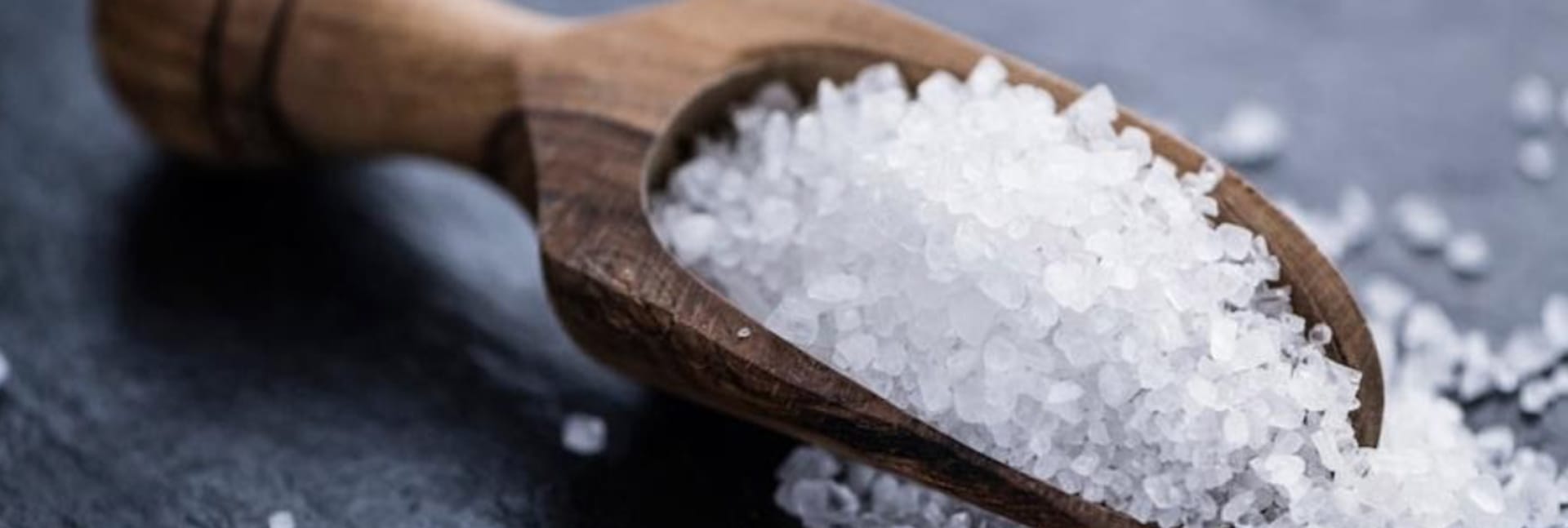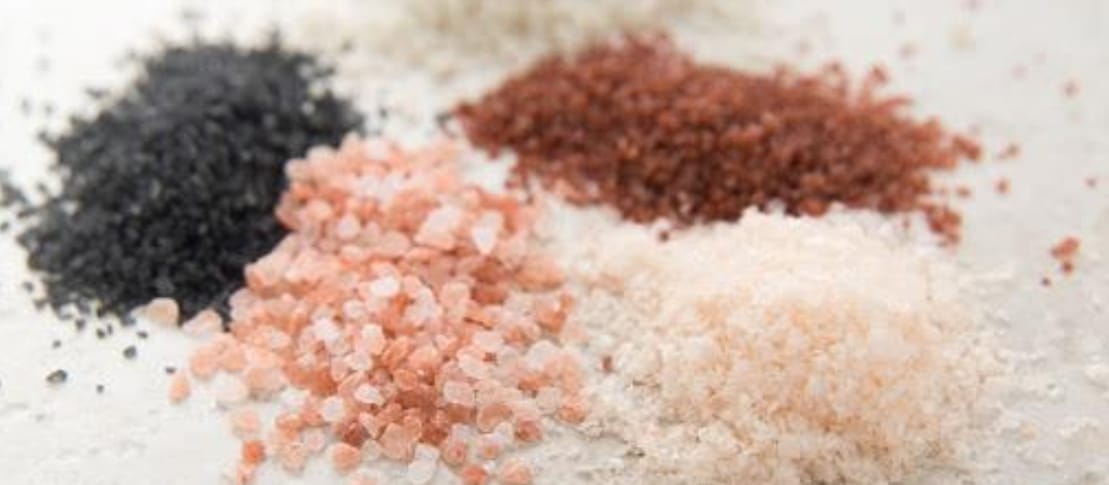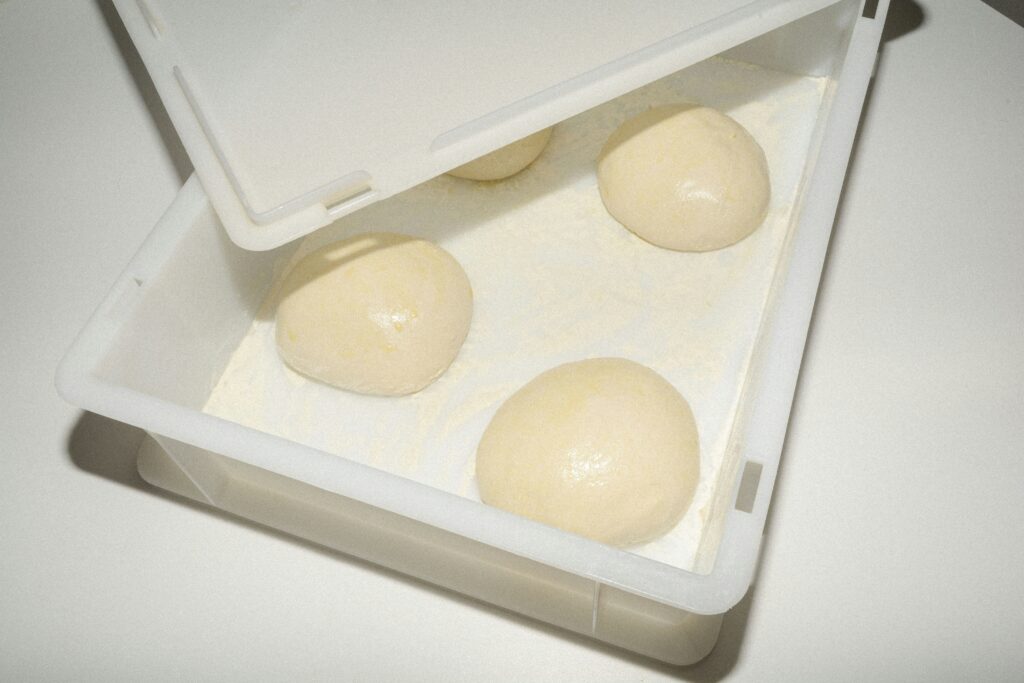
The white gold of the cuisine, it has a fundamental role in pizza dough.
There are many effects salt has on the dough at a structural, antiseptic and aesthetic level. Before talking about this, let’s quickly remember what value it had in the past and how it lost its power commercially, due to the low cost of extraction from rocks, from underground deposits or by evaporation of sea water.
In the past, salt was considered very valuable, just like the most precious metal and silk, and it was called white gold. It produced exchanges, supported currency and was so important to provoke even wars for the monopoly. Countries had the exclusive right to distribute it, imposing severe penalties on smugglers, and for a long time it was an important source of income. The Romans built one of their most important arterial roads to transport salt from Rome to the port of Ascoli and called it VIA SALARIA NOVA.
The types of salt available on the market are essentially two: sea salt produced in salt works by evaporation of sea water and rock salt extracted from underground deposits.
For pizza dough is recommended the use of sea salt, as it gives flavor. When added to the dough, it strengthens the gluten net, especially in case of weak flour having a low protein value; in fact, gliadin is less soluble in salt water, therefore the presence of salt leads to more compact gluten. An excessive quantity of salt makes the dough too rigid, as well as too salty; therefore the optimal quantity is included between 2 and 3%. Salt also affects yeast, because it reduces the development of carbon dioxide; if added in high quantities, because of the osmotic pressure, it dehydrates the yeast cell leading to the death of the yeast and to a consequent reduction of leavening. For this reason it is advisable not to put yeast in direct contact with salt for a long time.
Salt has great antiseptic and antioxidant properties and therefore it helps the preservation of the dough for many days, preventing the proliferation of bacteria and delaying the oxidation.
It improves the aspect of the finished product because it favors the darkening of the pizza surface by giving the crust a strong coloration and more crunchiness.
The result would be sticky and weak dough, difficult to work, with a poor consistency and development, an absent caramelization and an excessive fermentation.
Among the many effects of salt, we cannot overlook those it has on health. The World Health Organization recommends not consuming more than 5 grams of salt per day, as one third of the world population suffers from hypertension, one of the main risk factors of cardiovascular diseases. Salt is an important element when tasting a dish; however, it should be added in the right quantity, creating a balance between pizza dough and topping. This is a sign of great responsibility towards the customer.

Another very interesting aspect for all pizza makers who love to create alternative products is the use of some particular salts on the market. As a matter of fact, it is possible to obtain a new product, refined and with particular nuances thanks to colored salts, such as, for example, black salt from Cyprus (extracted by evaporation of waters rich in active carbon), red salt from Hawaii, due to the presence of clay, Persian blue salt extracted from mines in Iran, Indian purple salt and many others. There are also smoked salts such as Salish salt, Durango salt from North America or Yakima salt from the Pacific coast.



